w. scholl
Johann Wolfgang von Goethe, a German polymath and writer, is celebrated as one of the most influential figures in the German language and Western culture. His vast array of works spans poetry, novels, plays, and scientific writings, reflecting his diverse interests and profound impact on various fields.
Goethe's early life in Frankfurt laid the foundation for his diverse interests. After studying law, he gained fame with "The Sorrows of Young Werther," which led to an invitation to the Weimar court. His contributions there were significant, including roles in the ducal council, mining supervision, and cultural endeavors like theater management and the botanical park's planning.
His literary achievements are vast, with notable works like "Faust" and "Wilhelm Meister's Apprenticeship," which delve into human nature and societal reflections. Goethe's "Sturm und Drang" period was marked by intense emotion and a break from traditional forms, influencing subsequent cultural movements.
Johann Wolfgang von Goethe's interest in science is equally noteworthy. He made contributions to biology, zoology, and color theory, advocating for a holistic view of nature and expressing skepticism toward restrictive scientific methodologies. His works in these areas reflect a deep desire to understand and articulate the natural world's interconnectedness.
For art collectors and experts, Goethe's influence extends beyond his literary and scientific contributions. His role in Weimar Classicism and his artistic endeavors offer rich insights into the period's cultural landscape, providing a multifaceted perspective on his legacy.
To stay informed about developments and events related to Johann Wolfgang von Goethe, consider signing up for updates. This subscription will keep you informed about new product sales and auction events related to Goethe's works and influence, offering exclusive insights for enthusiasts and collectors.


-VIL_WiKi.jpg)
Edward Alfred Cucuel was an American-born painter impressionist painter who lived and worked in Germany.


Leo Putz was a Tyrolean painter. His work encompasses Art Nouveau, Impressionism and the beginnings of Expressionism. Figures, nudes and landscapes are his predominant subjects.

 Петер Штрудель.jpg)
Peter Strudel was an Austrian sculptor and painter. His work forms the transition of Austria to the high baroque style.


Julius Leopold Bernhard Exter was a German painter and sculptor. His work consists mostly of landscapes and portraits.


Leo Putz was a Tyrolean painter. His work encompasses Art Nouveau, Impressionism and the beginnings of Expressionism. Figures, nudes and landscapes are his predominant subjects.
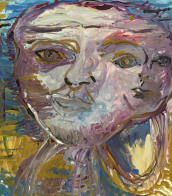

Leo Putz was a Tyrolean painter. His work encompasses Art Nouveau, Impressionism and the beginnings of Expressionism. Figures, nudes and landscapes are his predominant subjects.


Rembrandt Harmenszoon van Rijn, a Dutch Baroque painter and printmaker, was born on July 15, 1606, in Leiden, Netherlands, and died on October 4, 1669, in Amsterdam. He is celebrated as one of the greatest storytellers in art history, acclaimed for his adept portrayal of human emotions and dramatic narratives. Rembrandt's extensive oeuvre includes portraits, self-portraits, landscapes, genre scenes, allegorical, historical, and biblical themes, as well as animal studies. His artistry shined during the Dutch Golden Age, a period marked by cultural and scientific achievements in the Netherlands.
Rembrandt's education in art began around the age of 10 when he left the Latin School in Leiden to train as an artist. He apprenticed with artists like Jacob van Swanenburg and Pieter Lastman, mastering various aspects of painting. He opened his own studio in Leiden around 1624 or 1625, sharing it with his colleague Jan Lievens. By 1631, he had moved to Amsterdam, where he achieved significant success and trained many important Dutch painters.
Among Rembrandt's notable works are "The Anatomy Lesson of Dr. Nicolaes Tulp" (1632), "The Night Watch" (1642), and "The Syndics of the Amsterdam Drapers’ Guild" (1662). He was also renowned for his self-portraits, creating around 80 over his lifetime, more than any other artist until the 20th century. These self-portraits were not just artistic endeavors but also experiments with facial expressions and lighting effects. Additionally, Rembrandt was a master etcher, transforming etching from a reproductive technique into an art form.
Rembrandt's painting style is characterized by its dramatic use of light and shadow, known as chiaroscuro. His ability to depict materials realistically was unparalleled; his portrayal of metals and fabrics was so lifelike that they appeared to glow and be tangible. He was also known for his impasto technique, applying paint thickly to the canvas, adding a three-dimensional quality to his works.
Despite his artistic prowess, Rembrandt faced financial difficulties and personal tragedies throughout his life. He declared bankruptcy in 1656, a downfall attributed partly to his extensive collection of art objects and curiosities. His masterpieces, however, continued to garner appreciation and influence generations of artists that followed.
For collectors and experts in art and antiques, Rembrandt's works represent a pinnacle of artistic achievement in the Dutch Golden Age. His mastery in portraying the human condition and his innovative techniques in painting and etching make his works highly prized and influential in the art world.
To stay updated on new product sales and auction events related to Rembrandt van Rijn, sign up for our updates. This subscription service is dedicated exclusively to news and events concerning works related to this unparalleled master of the Dutch Golden Age.

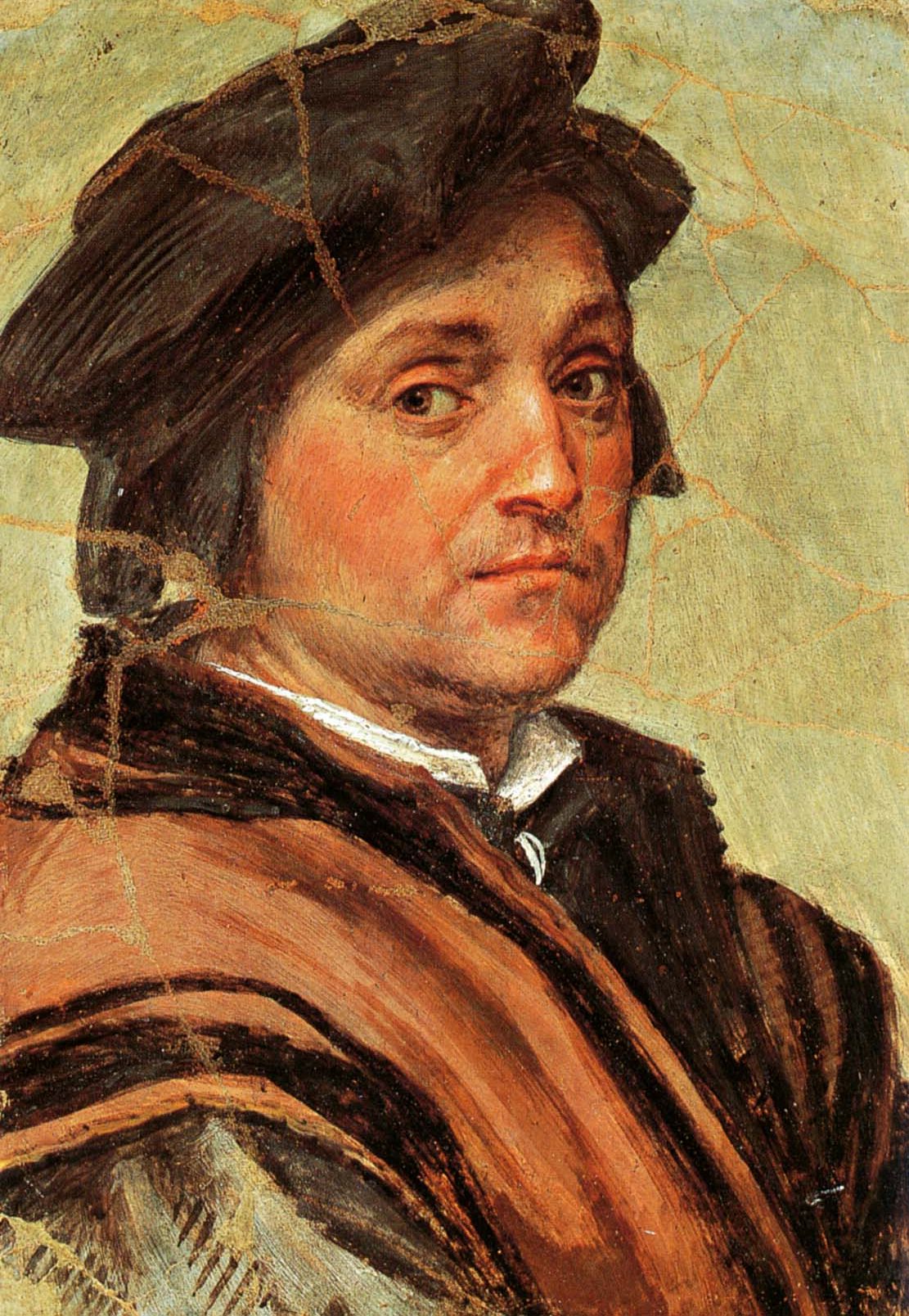


-VIL_WiKi.jpg)
Edward Alfred Cucuel was an American-born painter impressionist painter who lived and worked in Germany.

-VIL_WiKi.jpg)
Edward Alfred Cucuel was an American-born painter impressionist painter who lived and worked in Germany.

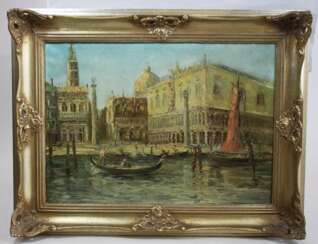

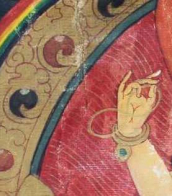

































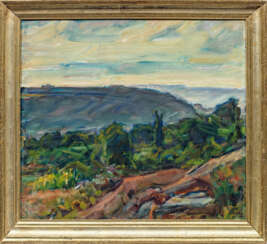








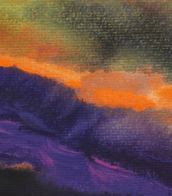





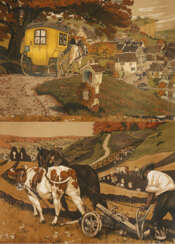










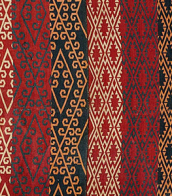
![Andrea del Sarto (Andrea d'Agnolo [di Francesco]), Nachfolge - Maria mit dem Kind, dem Johannesknaben und drei Engeln](/assets/image/picture_1176336/9d9f7/ave5crr5-tqebyxzxdzunozti8forbd4k0vr0sgbiwiee4tpuf3zinsk7onwpvf1605585625jpg__fix_374_244.jpeg)
![Andrea del Sarto (Andrea d'Agnolo [di Francesco]), Nachfolge - Maria mit dem Kind, dem Johannesknaben und drei Engeln](https://veryimportantlot.com/assets/image/picture_1176336/9d9f7/ave5crr5-tqebyxzxdzunozti8forbd4k0vr0sgbiwiee4tpuf3zinsk7onwpvf1605585625jpg__fix_374_244.jpeg)
![Andrea del Sarto (Andrea d'Agnolo [di Francesco]), Nachfolge , Maria mit dem Kind, dem Johannesknaben und drei Engeln](/assets/image/picture_1548353/a01c1/scb34dybspybrogn841ro3yp0ultuoi4a6qk5tlyofw-hzap8tife6bbzi55-nu21623944601jpg__fix_374_244.jpeg)
![Andrea del Sarto (Andrea d'Agnolo [di Francesco]), Nachfolge , Maria mit dem Kind, dem Johannesknaben und drei Engeln](https://veryimportantlot.com/assets/image/picture_1548353/a01c1/scb34dybspybrogn841ro3yp0ultuoi4a6qk5tlyofw-hzap8tife6bbzi55-nu21623944601jpg__fix_374_244.jpeg)









